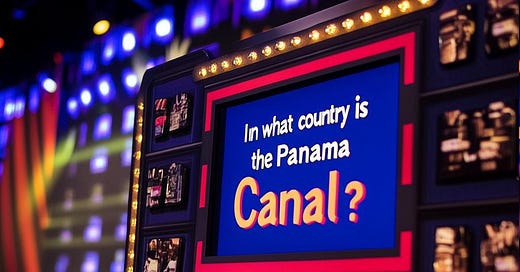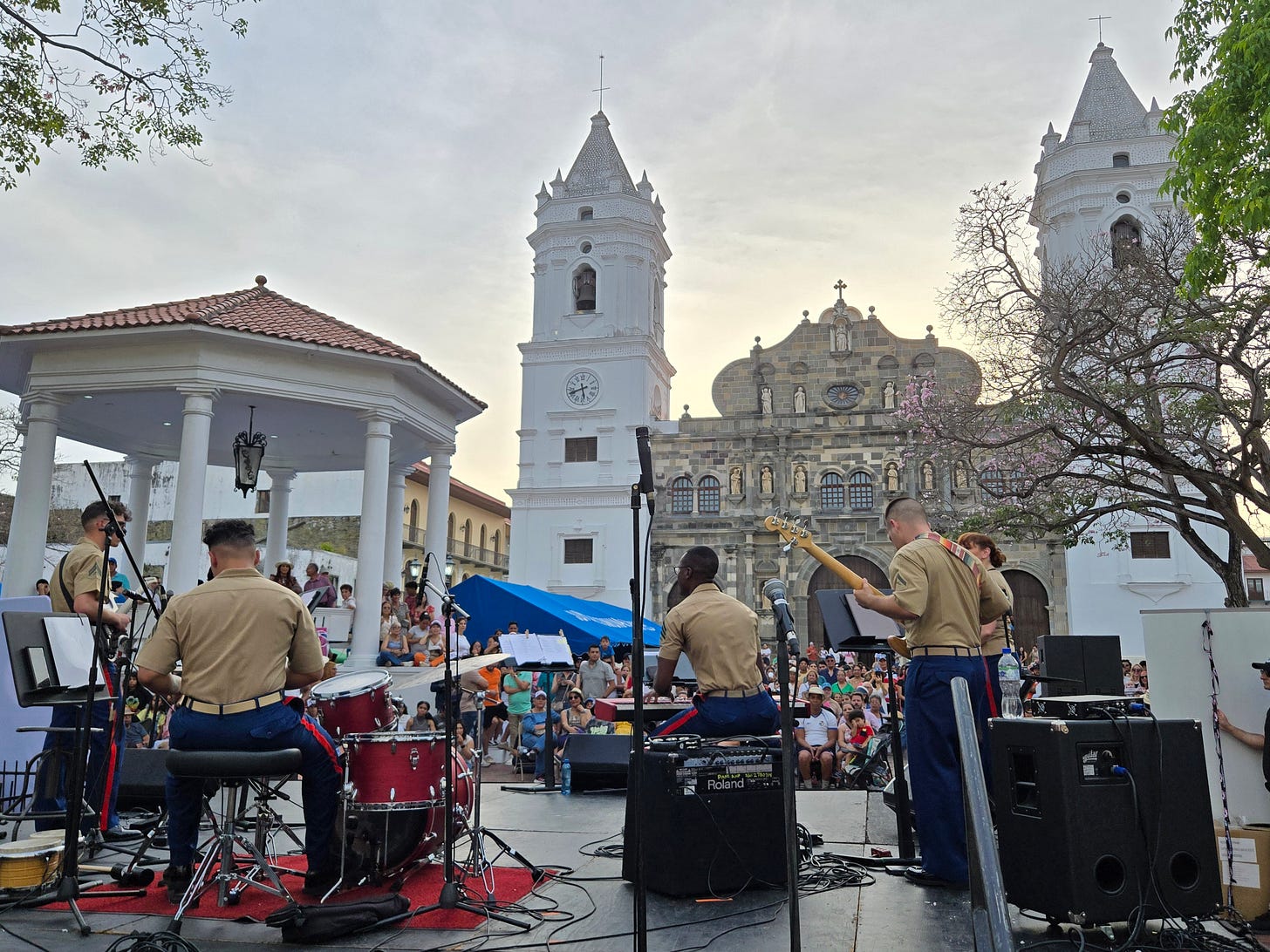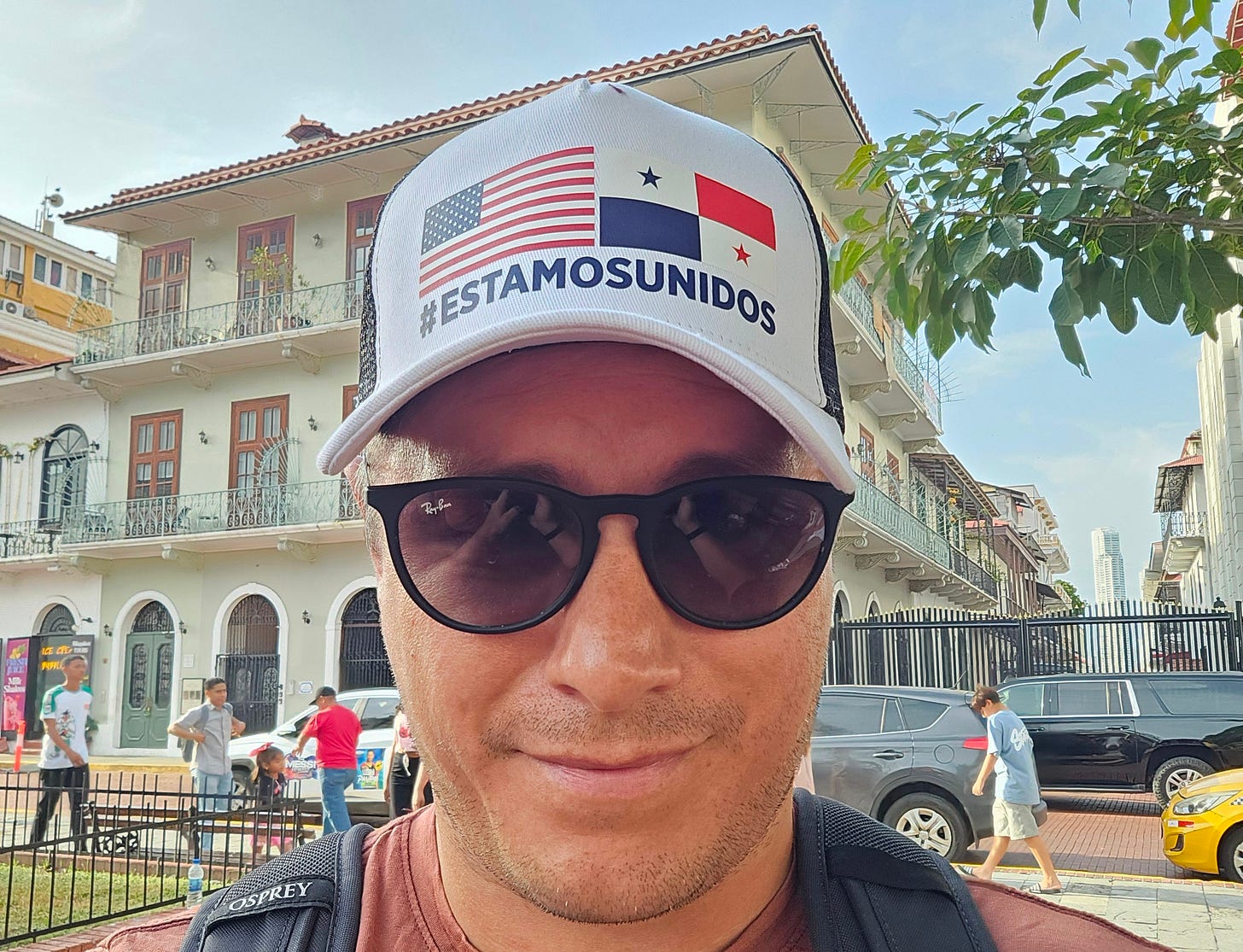“We certainly understand that the Panama Canal is in Panama,” said a grinning Pete Hegseth, the US Secretary of Defense.
Sadly, the question was not about the waterway’s location, but about whether the US recognized Panama’s sovereignty over it. He went on to say that the US was working with Panama to protect its [Panama’s] sovereignty from malign Chinese influence. But he had already dodged a direct and important question.
The night before, following meetings between Hegseth and Panama’s president, José Raúl Mulino, their press teams had released joint statements.
In Panama, there was a sigh of relief. The presidency’s Spanish language release made some references to future joint military operations and a mechanism by which US Navy ships could be recompensed for the fees they pay to transit the Canal. Crucially, however, it said that Hegseth had recognized Panama’s “inalienable sovereignty” over the Canal. The former concessions could be stomached because, as La Prensa wrote the next day in an opinion piece that Mulino posted on X, “Panama hasn’t just maintained control of the Canal: it has defended it with dignity.”
I wanted to quote the joint statements in English, however, so I checked the Department of Defense’s version. There was no mention of Panamanian sovereignty. In addition, there were things not included in the Spanish version: forthcoming “joint-use locations” (which Panamanians, not unreasonably, considered a euphemism for military bases) and “First and Free” the name of the new mechanism to compensate US Navy transits.
Today, at a Panama City regional security conference organized by Southern Command, the local press pack agreed that we needed to know which version was right.
Hegseth’s visit to Panama had hitherto had a totally different vibe to Marco Rubio’s drop-in in February. The day before his arrival, the Marines’ band played a concert in front of the country’s oldest cathedral, knocking out hits including Danger Zone and the theme from Top Gun.
Your correspondent was given a baseball declaring #EstamosUnidos (We Are United). (Hat tip to Spanish language nerds who know the difference between the verbs ser and estar.)
On his first morning in Panama City, Hegseth went for a run on the city’s coastal boulevard and smashed out some press-ups (although he wasn’t straightening his arms enough for my liking). He visited a new pier, gave some rousing speeches to US serviceman onboard a visiting US Cruiser and was generally gracious towards his hosts.
The first sign of discord came after Hegseth’s opening speech at the Southcom conference. The subsequent signing of agreements and press conference was delayed for over an hour as the press were requested to wait in a small function room. The source of the delay was soon apparent: Mulino had showed up (and this was not on the agenda) to act as a “honorary witness” to the signing of an MOU on “cooperative security activities.”
The document will increase training, operations and exercises between the two countries, “reestablishing a joint presence” at Fort Sherman, Rodman Naval Station and Howard Air Force Base and reviving the US’s “Jungle School” at the former. When asked whether the troop presence would be permanent, Hegseth said they would be there “in a rotational way”, which I read as “yes.”
At the end of the presser, when the hitherto ignored Panamanian Minister of Public Security, Frank Abrego, was asked whether his country would accept the presence of a permanent US military base, it was clear he was still smarting from Hegseth’s sovereignty waffling. He opened with:
“We want to say [definitively] that Panama in this memorandum of understanding has not given any sovereignty over the Panama Canal or any of the adjacent zones.” He then said that Mulino had made it clear, previously, that the country could not accept military bases.
The two men then left the stage, to sign “in the coming moments” an agreement on the mechanism by which US warships could gain free passage through the canal. But that agreement appears to still be under negotiation, as Panama tries to find a way to recompense US Navy transits that doesn’t break the Canal’s neutrality treaty.
What to make of this? I have a few thoughts.
The Spanish language joint statement was weirdly worded in a way that suggested Google Translate had been used on the original English version. I think it more likely that the reference to “inalienable sovereignty” was deleted from the latter rather than sneakily inserted by Mulino’s team. The fact the president posted the La Prensa article suggests that until the next morning he believed that Hegseth had agreed to Panama’s control of the canal. His unexpected arrival at the conference looked more like an attempt to hammer things out with Hegseth than a genuine desire to watch two middle-aged men sign a few pages.
Once again, the US have made Mulino look weak. He has agreed to the military bases without a commitment on Panamanian sovereignty of the Canal, which is the one thing his country really needs right now. He may try to hold back on the Navy tariff agreement. I still don’t believe the US will take the canal by force, but Hegseth (probably sneakily) has maintained that threat active.
Panamanians are getting angrier. The presence of permanent foreign troops or military installations in Panama is a direct violation of the Canal neutrality treaty and I would put it at decent odds that in the coming weeks an opposition figure launches a case to impeach Mulino on that basis.
UPDATE 10:20PM: A local Panamanian news source is reporting that Donald Trump Jr has arrived today in David, on the border with Costa Rica. That’s unconfirmed. It’s also a weird place to land. Maybe he’s on vacation?






